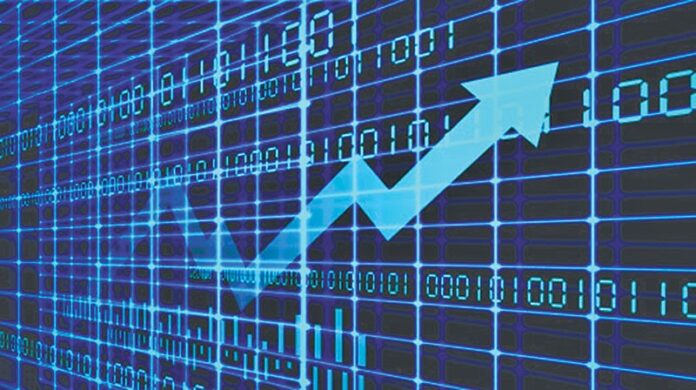LONDON: European markets rebounded on Tuesday after the previous day’s thumping, which saw investors worried about the economic fallout from the coronavirus outbreak in China huddle in safe-haven assets.
There was relief as Europe’s Stoxx 600 and Wall Street futures bounced as much as 0.5 percent from their closing levels on Monday, which was the worst day for world stocks since October. Chinese markets remain closed all week, but the 0.5 percent overnight drop in Tokyo’s Nikkei was more modest than Monday’s and many of Asia’s other bourses that were open rallied from the day’s lows too.
Brent oil prices stabilised above $59, safely above their three-month low of $58.50 and 10-year US Treasury yields stabilised above 1.60% after briefly dipping below that level on Monday. During the day, Brent crude was off $0.12 at $59.20 while US crude eased $0.02 to $53.12. Brent is now down 18 percent from a spike caused by the US killing of Iran’s top military commander at the start of the year. “We saw a bit of a bounce back overnight in the most high volume liquid assets like the S&P 500 futures, but its hard to find anything to hang your hat on because we still need to assess the risks,” said Saxo Bank’s head of FX strategy John Hardy.
As the death toll from the flu-like virus reached 106 in China, the country extended the Lunar New Year holiday to February 2 nationally and to February 9 for Shanghai.
MSCI’s broadest index of Asia-Pacific shares outside Japan had ended down 0.8%. Japan’s Nikkei, which was down nearly 1 percent at one point, closed 0.6 percent lower. Australian shares ended 1.3 percent down and South Korea’s Kospi index skidded three percent. “The wild card is not the fatality rate, but how infectious the Wuhan virus is,” Citi economists wrote in a note. “The economic impact will depend on how successfully this outbreak is contained.”
Moreover, as major companies report potential business disruptions and governments advise against unnecessary travel to and within China, analysts are trying to compute how much the disruption could damage growth. In commodities, spot gold was a shade weaker at $1,579.28 having climbed to its highest since 2013 on Monday.
“(Gold) could reach $1,600, but would be more around the $1,570-$1,590 levels as we need to get more information, there are a lot of unknown variables around the virus,” said John Sharma, an economist at National Australia Bank.






















